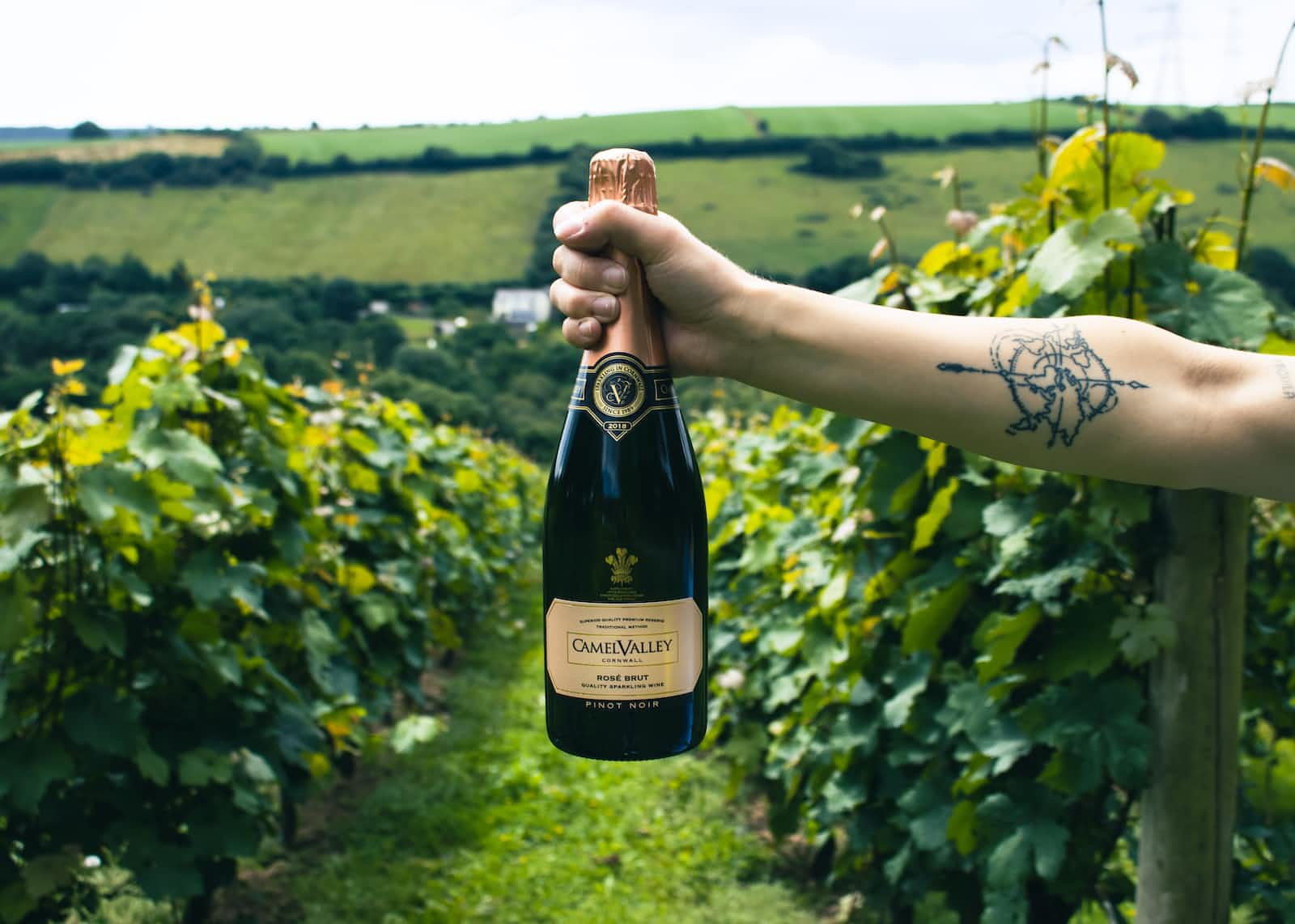
Trademarks in artistic creations
What you need to know (in a nutshell)
- The Benelux Court of Justice (BCJ) recently issued a judgment on the use of well-known trademarks in art.
- The case involved Belgian artist Cedric Peers, who created and sold paintings and clothing featuring the well-known Dom Pérignon trademark.
- The BCJ held that artistic freedom constitutes a due cause for the use of a trademark and that the balance between trademark rights and freedom of expression should be assessed based on the principle of honest practices in industrial and commercial matters, and full respect for fundamental rights and freedoms.
Full Article
This case was referred to the Benelux Court of Justice (BCJ), a court comprised of three of the countries’ highest courts. The BCJ recently decided on the issue of using well-known trademarks in art under the Benelux Convention on Intellectual Property (BCIP).
Dom Perignon is well-known worldwide as a quality champagne. This brand is owned by Moet Hennessy Champagne Services (MHCS) which produces and distributes the champagne.
Belgian artist Cedric Peers, is known for creating contemporary works merging pointillism and pop art. He sold paintings and clothing featuring Dom Perignon’s trademarks.
MHCS began court action at the Brussels Commercial Court, alleging infringements of its trademarks by paintings and clothing. The Brussels Commercial Court had to reconcile trademark law with freedom of expression, esp. artistic freedom.
The Brussels Commercial Court ruled Dom Perignon trademarks in paintings used without due cause, thus taking unfair advantage or damaging its repute (Article 2.20(2)(d) BCIP).
The Brussels Commercial Court requested the BCJ decide whether freedom of expression and artistic freedom could validly use registered trademarks, and with what criteria assessing the balance between those rights and trademark rights.
Lack of legal clarity on balancing IP and expression freedom.
The Hague District Court found ‘Simple Living’ artwork, depicting a young African boy holding a Chihuahua and Louis Vuitton bag, did not violate the design rights of LV. Few other legal opinions exist on the matter.
The artist wanted to spread a message: if Paris Hilton, wearing designer bags and small dogs got media attention, why not those in crises such as Darfur? This was a crucial point for the outcome of the case.
BCJ’s guidance
Referencing C-65/12 Leidseplein Beheer v Red Bull, BCJ held “due cause” in European Directive 2015/2436 applied. ECJ stated this may relate to subjective interests of similar sign user; recital 27 is also relevant.
The European Directive should respect freedom of expression and ensure fair use for third-parties’ artistic purposes, in keeping with honest commercial practices.
Artistic freedom justifies trademark usage if the design process does not harm the trademark owner, and is original creative output.
Criticism
BCJ’s failure to provide precise criteria for the balance of interests sought by Brussels Commercial Court, e.g. commercial character/purpose and social relevance/societal debate, is regrettable.
The Hague District Court highly valued these circumstances in its judgement for the “Simple Living” artwork, which sought to highlight a Western society issue.
In Brussels, the author appears to produce multiple paintings referencing trademarks such as Dom Perignon.
Brussels Commercial Court must decide if such use is fair trade. One might question the artistic value of mass-produced artwork simply reproducing a trademark.
Judges must be stringent to prevent trademark misuse on canvas being passed off as art.